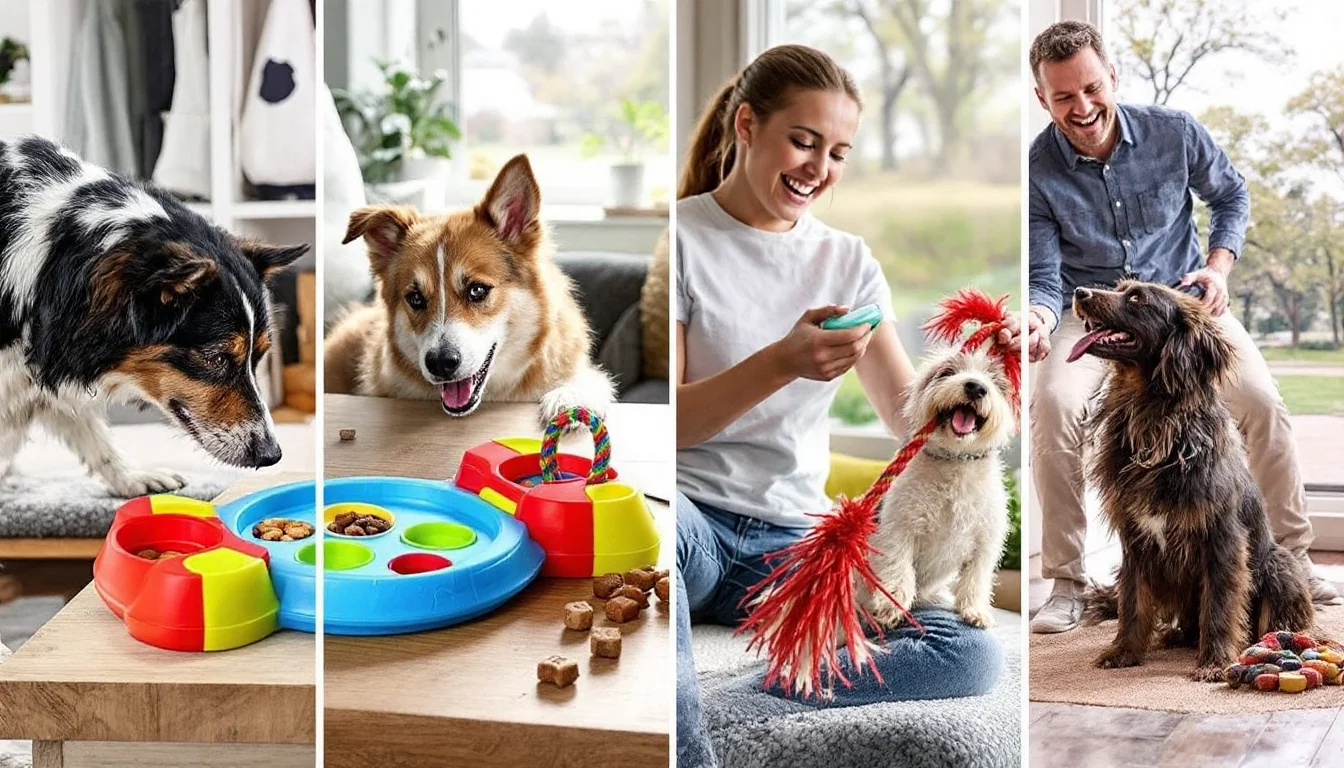Not every dog is a social butterfly—and that’s okay. Just like people, dogs have unique personalities, past experiences, and comfort zones. Some dogs are naturally wary or even reactive around other animals, whether it’s other dogs, cats, or smaller pets. The key is understanding their behavior and learning how to manage and improve their reactions in a safe, patient, and compassionate way.
In this article, you’ll discover practical tips to help your dog feel more secure, avoid conflicts, and potentially grow more tolerant—or at the very least, stay calm—in the presence of other animals.
1. Understand Why Your Dog Dislikes Other Animals
Before taking any steps to correct the behavior, it’s essential to explore why your dog may react negatively to other animals.
Common causes include:
- Lack of socialization as a puppy
- Past trauma or bad experiences with other pets
- Protective or territorial instincts
- Fear-based aggression
- Resource guarding (toys, food, people)
- High prey drive toward small animals
Understanding the root cause helps you create a more effective training and management plan.
2. Recognize the Warning Signs Early
Dogs often communicate discomfort long before they bark, growl, or lunge. Learning to spot these early signals can prevent escalation.
Signs your dog is stressed around other animals:
- Ears pinned back
- Tail stiff or tucked
- Lip licking or yawning
- Whining or pacing
- Freezing in place
- Low growls or bared teeth
By noticing these cues, you can intervene early and redirect their attention before things escalate.
3. Focus on Controlled Exposure, Not Forced Interaction
Never force your dog to “make friends” with another animal. Instead, focus on controlled exposure—helping your dog learn to be around other animals without engaging negatively.
Techniques include:
- Walking parallel to other animals at a distance
- Gradually closing the distance over time as your dog stays calm
- Using high-value treats to reward calm behavior
- Creating positive associations with the presence of other animals
Start small, go slow, and celebrate even tiny signs of progress.
4. Use Leash Management and Body Language
When walking your dog, it’s crucial to stay calm and in control if another animal appears.
Tips for smooth walks:
- Keep your dog on a short, but loose leash—avoid tension, which can increase reactivity
- Step between your dog and the other animal to create a visual block
- Cross the street or change direction when needed
- Use cues like “look at me” to shift focus
- Remain relaxed—your dog can sense your energy
Practice these techniques in low-distraction environments before facing busy areas.
5. Build Strong Obedience Foundations
Having solid basic commands can be your greatest asset when managing a dog who struggles with other animals.
Focus on teaching:
- “Leave it”
- “Watch me” or “Look”
- “Sit” and “Stay” under pressure
- “Heel” to walk calmly by your side
- “Place” or “Go to bed” for calming down at home
Use positive reinforcement, short training sessions, and lots of praise.
6. Avoid Triggers When Necessary
While training and desensitization can help, there’s nothing wrong with avoiding high-stress situations when possible—especially during the early stages.
Avoid:
- Dog parks
- Crowded pet stores
- Playdates with unfamiliar animals
- Situations where your dog feels cornered or overwhelmed
Your dog’s comfort and safety always come first.
7. Provide Mental and Physical Enrichment
Frustrated, under-stimulated dogs are more likely to act out. A tired mind and body are key to helping your dog stay calm around other animals.
Ideas to help:
- Daily walks (in low-traffic areas)
- Puzzle toys and sniffing games
- Indoor obedience sessions
- Flirt poles and tug-of-war
- Calm “settle” time after exercise
These activities reduce stress and build confidence.
8. Consult a Professional Trainer or Behaviorist
If your dog’s reaction is intense, dangerous, or not improving, it’s time to bring in a certified dog trainer or canine behaviorist.
What to look for:
- Experience with reactive or aggressive dogs
- A focus on positive reinforcement, not punishment
- Willingness to work at your dog’s pace
- Personalized support based on your dog’s behavior
Professional help can make all the difference in managing long-term behavioral change.
9. Manage the Environment at Home
If you live with other animals or have frequent animal visitors, set up your space to keep everyone safe and reduce tension.
Tips for multi-pet households:
- Use baby gates or crates to create safe zones
- Feed pets separately to avoid resource guarding
- Supervise all interactions closely
- Allow plenty of alone time for your dog
- Ensure every animal has its own toys, bed, and space
Respecting your dog’s boundaries at home builds trust.
10. Accept That Progress May Be Slow
Changing emotional responses in dogs takes time, consistency, and patience. Some dogs may never love other animals, and that’s okay. The goal is to help them feel safe and reduce reactivity so everyone stays secure and happy.
Celebrate progress like:
- Ignoring a passing dog instead of barking
- Sitting calmly across the room from a cat
- Holding focus when another dog walks by
Each step forward is a win.

Dedicated to sharing practical tips and accessible guidance on dog care, nutrition, safety, and daily routines for owners of different breeds. With a focus on promoting a safe, healthy, and happy environment for pets, the blog’s content covers breed-specific needs, home adjustments, energy levels, and wellness strategies for all kinds of dogs.
